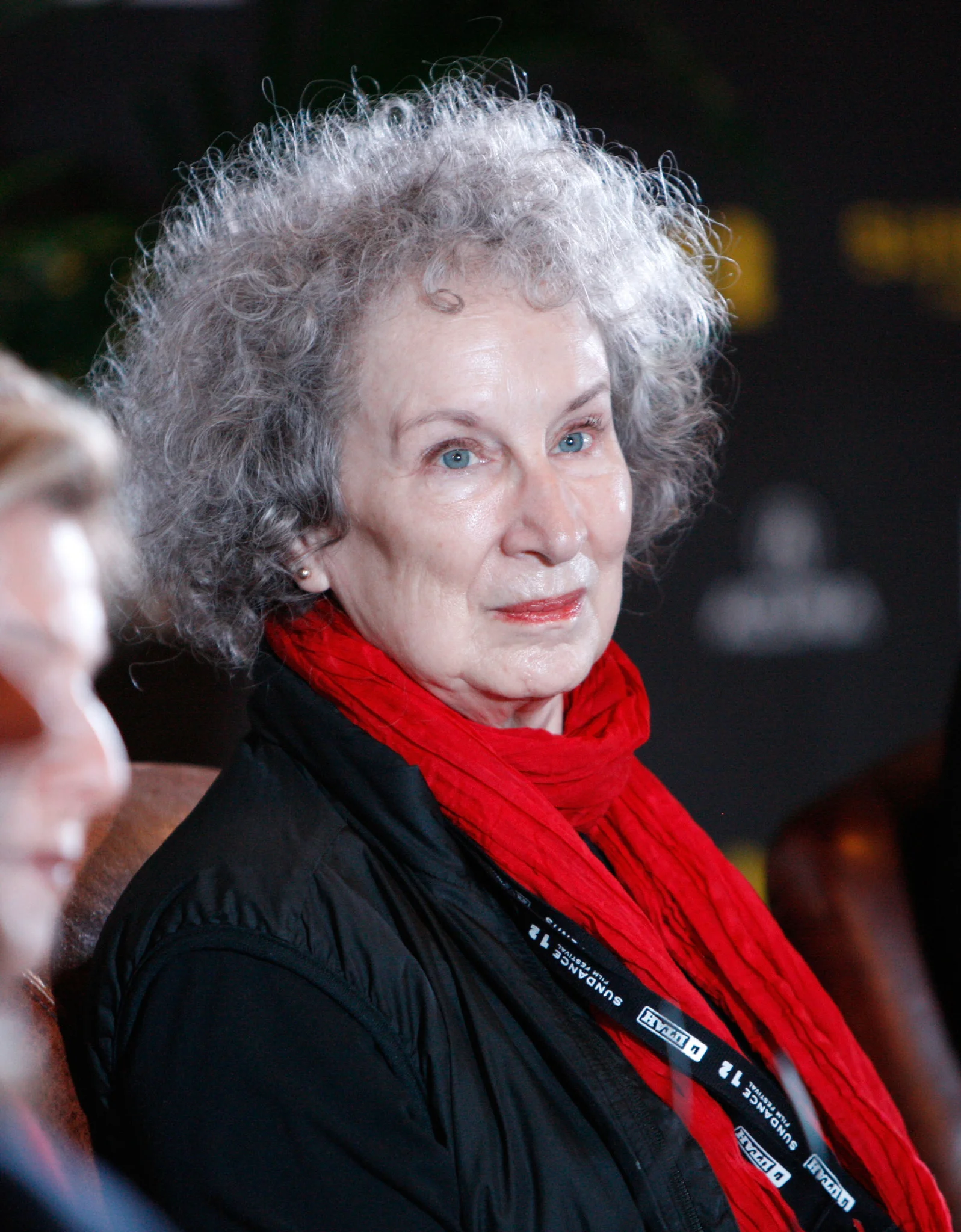Rejection is often the quiet companion of creativity. Before many of the world’s most celebrated authors found their audience, they faced long periods of indifference or outright dismissal. Publishing is an industry where timing, subjectivity, and personal taste collide.
For some writers, the road to success was paved not with encouragement, but with letters declaring their work unmarketable, unpolished, or unfit for public interest. These early setbacks could have silenced them permanently. Instead, they became turning points.
J.K. Rowling and the boy who waited in the slush pile
Before Harry Potter and the Philosopher’s Stone became a global phenomenon, it was rejected by twelve different publishers. The manuscript was often dismissed for being too long or too unusual for a children’s book. One editor suggested Rowling find a day job because children’s fiction was not profitable. It was only after Bloomsbury’s chairman passed the manuscript to his eight-year-old daughter—who read it in a single sitting—that the book received its first offer.
The early rejections came at a time when Rowling was struggling financially and writing in cafes during her daughter’s naps. Had she accepted the dismissals as definitive, the world might never have been introduced to Hogwarts.
Stephen King and the wastebasket full of no
Stephen King’s Carrie was famously rejected by more than thirty publishers. Discouraged, he threw the manuscript into the trash. His wife, Tabitha, retrieved it and encouraged him to keep submitting. Eventually, Doubleday accepted it and gave him a modest advance. The paperback rights later sold for over $400,000, transforming King’s life overnight.
What’s striking is that even King, now one of the most prolific and commercially successful writers alive, doubted his own work enough to discard it. The mountain of rejection letters pinned to a nail on his wall became a symbol not of failure, but of persistence.
Agatha Christie’s long wait for a mystery to unfold
Agatha Christie faced five years of continuous rejection before her first novel, The Mysterious Affair at Styles, was accepted. Even then, the publisher required changes and delayed publication. Christie, who would go on to write over 60 novels and become the best-selling novelist of all time, nearly abandoned the idea of being published.
Her struggle to find a publisher reflects how easily genre fiction, especially mystery and detective stories written by women, could be overlooked. Her eventual success laid the groundwork for generations of writers in the same field.
William Golding and the dystopia no one wanted
Lord of the Flies is now considered a classic of 20th-century literature, but when William Golding submitted the manuscript, it was rejected by over twenty publishers. One editor went so far as to say, “It is an absurd and uninteresting fantasy which was rubbish and dull.” Eventually, Faber & Faber took a chance on it, and it slowly gained recognition.
The novel’s grim vision of human nature was seen as too bleak, too strange, or simply too dark. Ironically, it’s those very qualities that have made it resonate so powerfully across generations of readers and students.
George Orwell and the satire too sharp
Orwell’s Animal Farm was initially rejected by multiple publishers, including one associated with the British government. The book’s anti-Soviet message was considered politically sensitive during World War II, when the USSR was still an ally. One rejection letter warned that publishing it would offend “too many people.”
Eventually accepted by Secker & Warburg, Animal Farm became a landmark political fable. Orwell’s experience demonstrates how even politically urgent writing can be silenced by fear of controversy or diplomatic friction.
Madeleine L’Engle and the book considered too complex
A Wrinkle in Time was turned down by 26 publishers. The primary reason? It was deemed too difficult for children and too strange for adults. L’Engle’s blend of science fiction, philosophy, and theology confounded marketing departments. Some editors simply didn’t know how to classify it.
She nearly gave up on publishing it, but finally Farrar, Straus and Giroux accepted the manuscript. The book went on to win the Newbery Medal and influence generations of young readers. L’Engle later said the book had been rejected not because it was bad, but because it didn’t fit the mold.
John le Carré and the spy who couldn’t sell
Le Carré’s The Spy Who Came In from the Cold was initially met with doubt. Even after it was accepted, the publisher warned him that spy novels were a saturated market and unlikely to gain traction. The book defied those expectations, becoming an international bestseller and reshaping the genre.
Before his success, le Carré had published under his real name, David Cornwell, and received lukewarm responses. His rebranding and shift to espionage fiction came after setbacks that could have convinced him to pursue a different path entirely.
Dr. Seuss and the book that wandered the streets
Theodor Geisel, better known as Dr. Seuss, faced rejection from 27 publishers before And to Think That I Saw It on Mulberry Street was accepted. Frustrated, he planned to burn the manuscript when he ran into an old friend who worked in publishing. That encounter led to the book’s acceptance and launched his career.
Children’s publishing, then as now, was often dominated by conservative ideas about what stories should look and sound like. Dr. Seuss’s rhymes and surreal illustrations defied those conventions, and his eventual success created a new standard.
General patterns in early rejections
Several trends emerge when looking at these setbacks:
- Genre defiance — Books that blended genres or didn’t fit standard categories often struggled to find a home.
- Pessimism about children’s literature — Stories aimed at younger audiences were frequently undervalued or misunderstood by publishers.
- Political discomfort — Satirical or critical works faced barriers during sensitive historical moments.
- Reluctance to take risks — Many editors preferred safe, familiar narratives over bold experiments.
Rejections often said more about the publishing industry’s limitations than the quality of the manuscripts.
Why these rejections mattered
Every one of these writers faced a moment when walking away seemed like the easier choice. Some doubted their talent. Others lost faith in the publishing system. What separates them from countless others isn’t luck alone—it’s the refusal to let a rejection letter become a full stop.
These stories remind readers and writers alike that rejection is not a reflection of permanent value. It’s a moment in time, shaped by unpredictable variables. The most celebrated works in literature were once considered unmarketable, confusing, or dull. Persistence turned them into classics.


